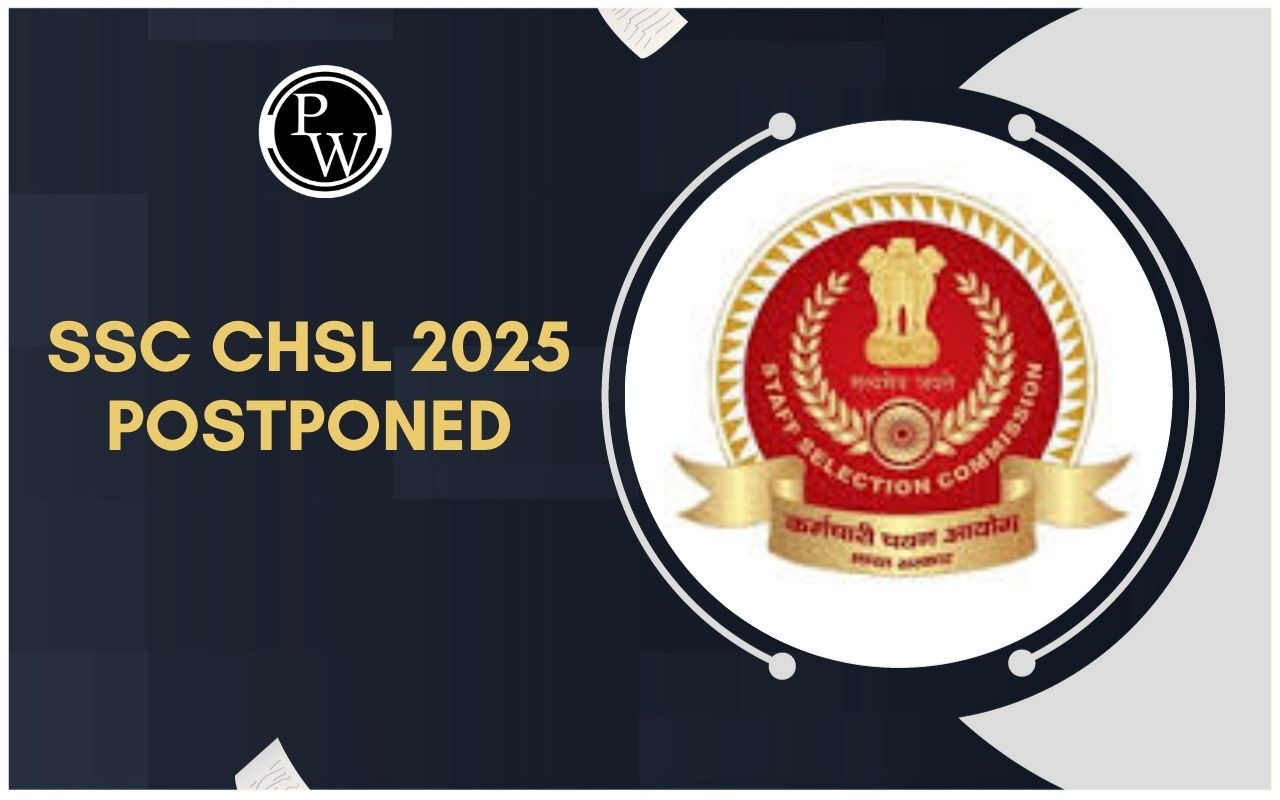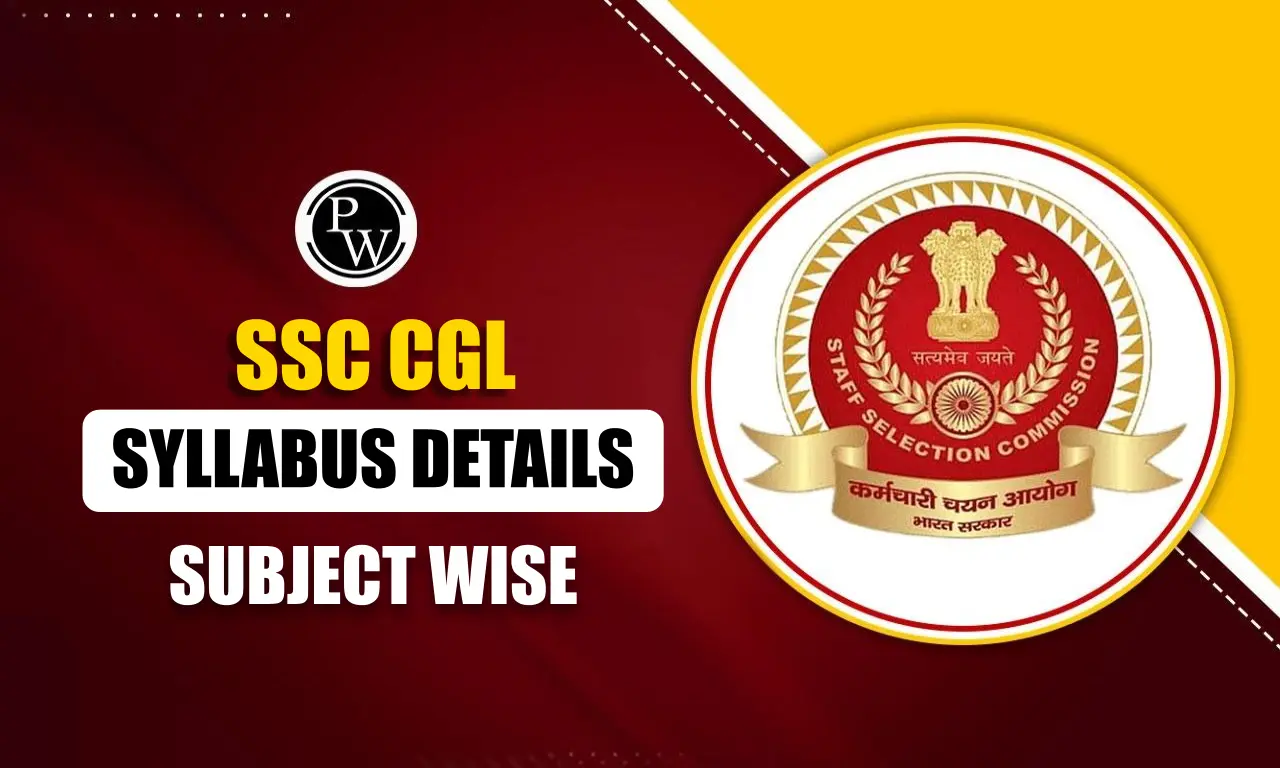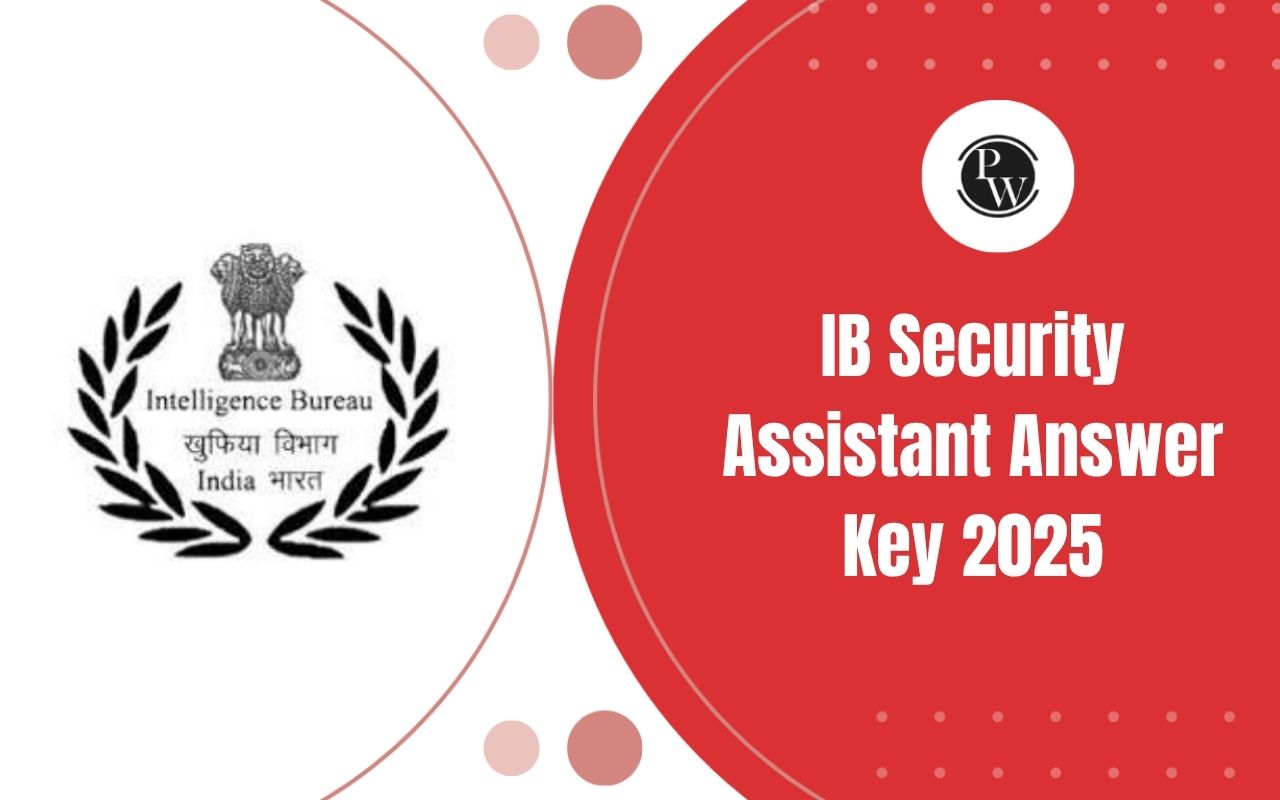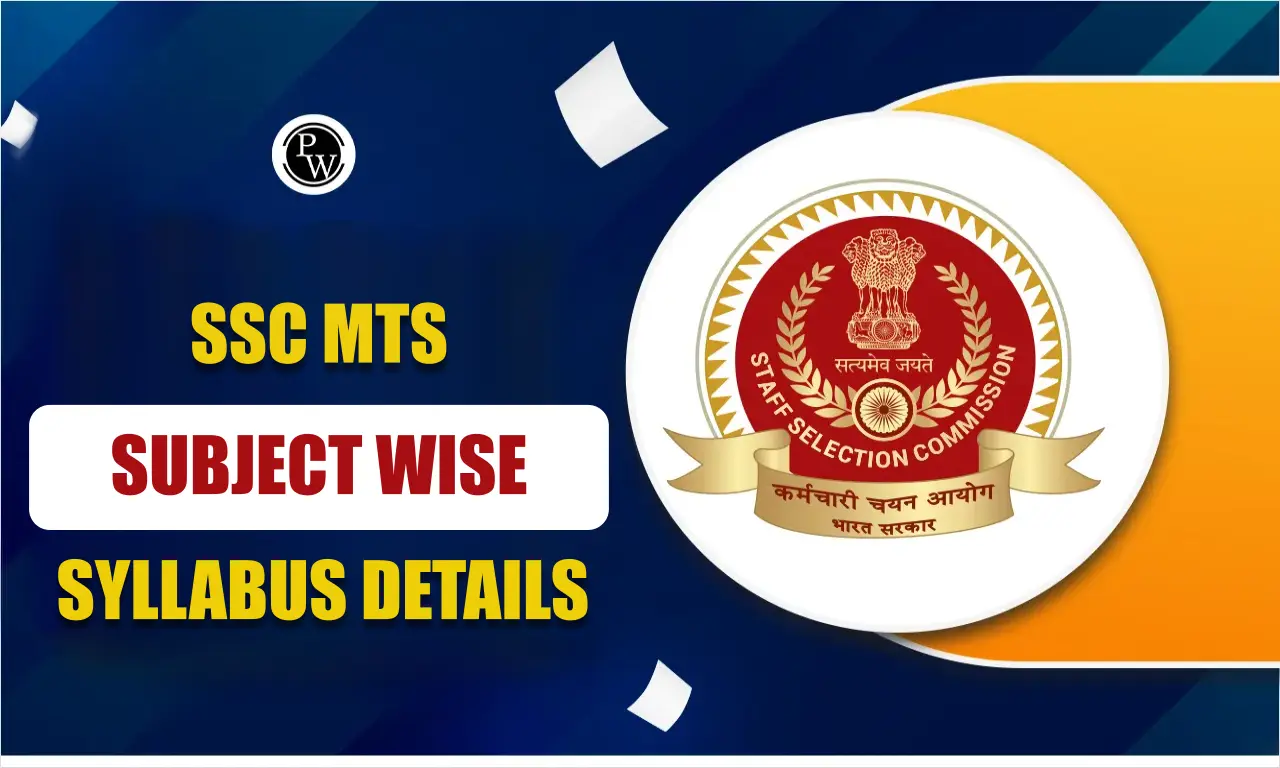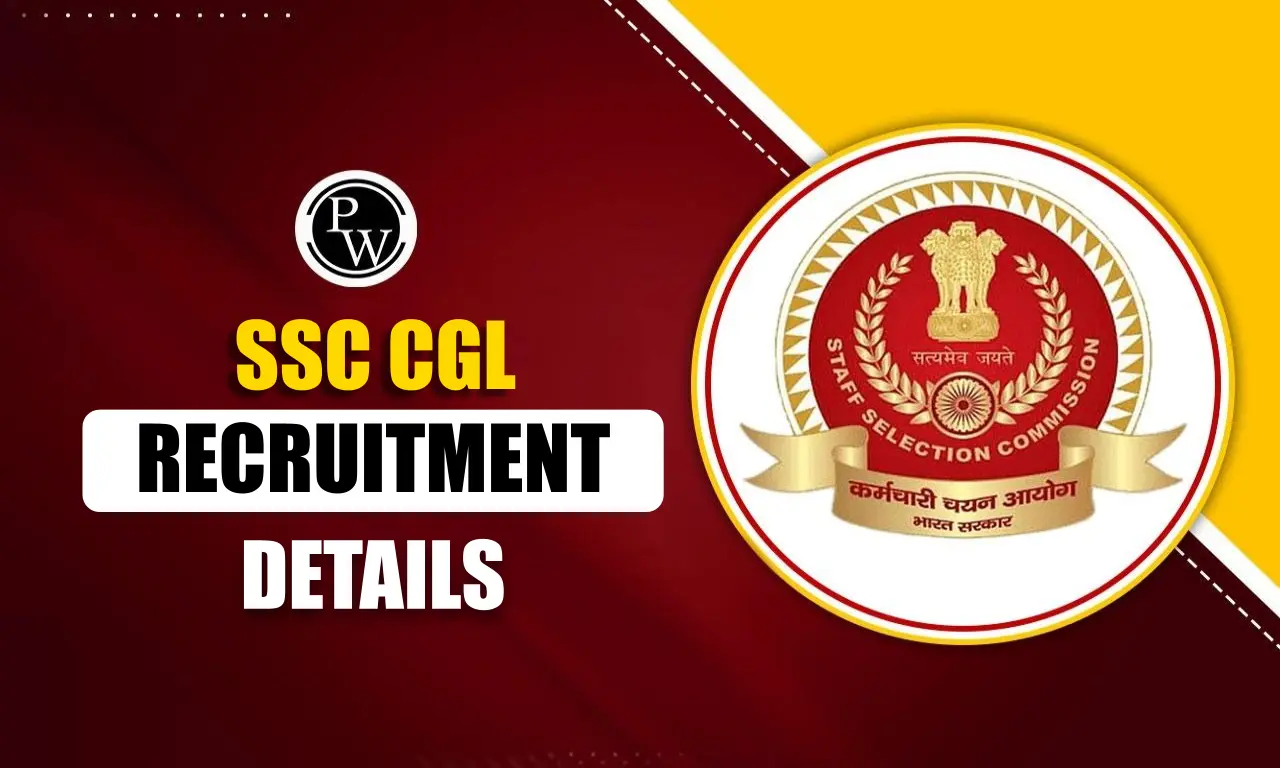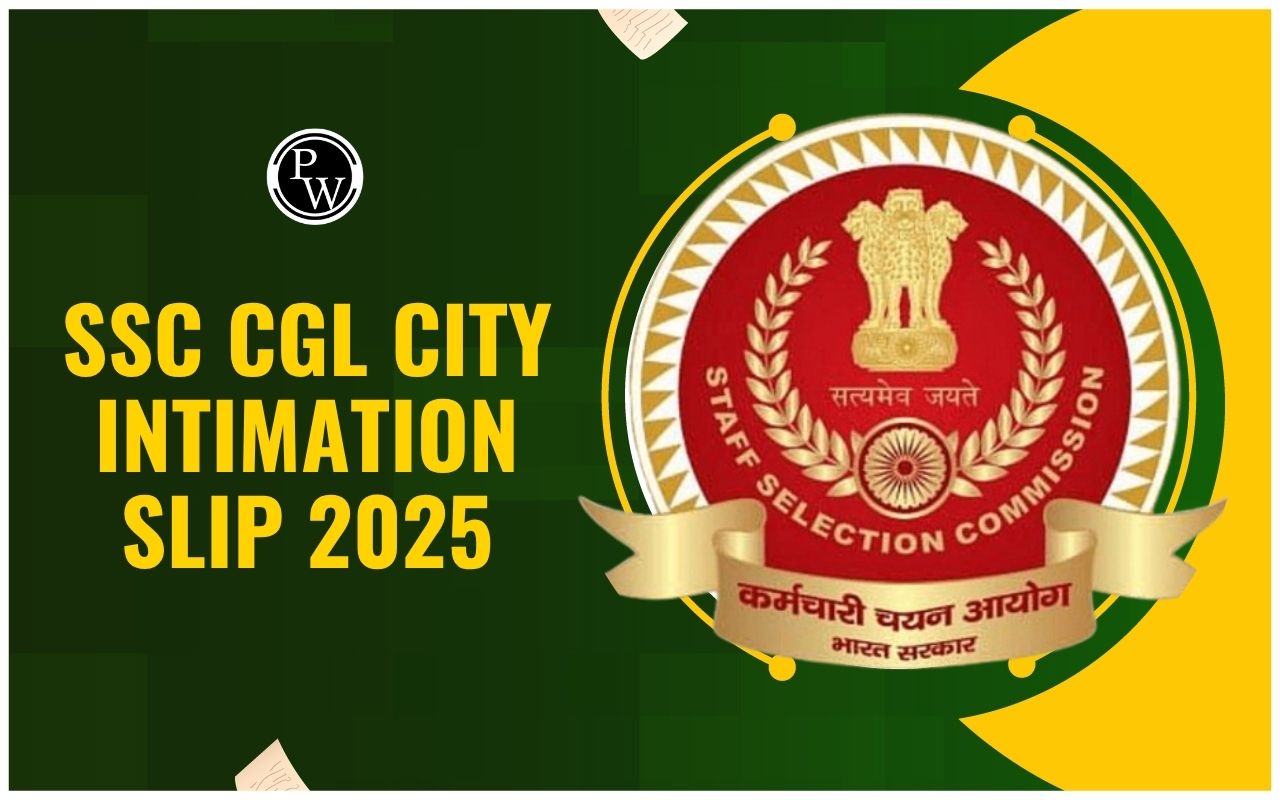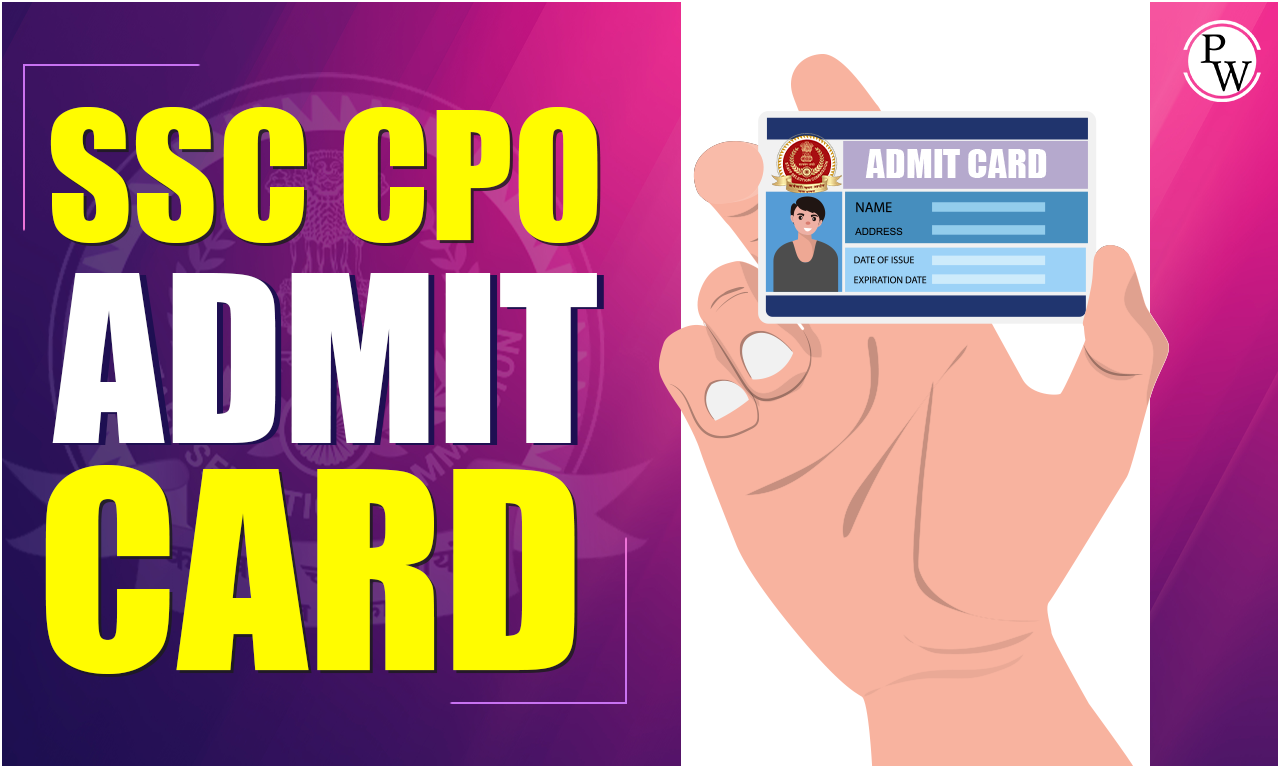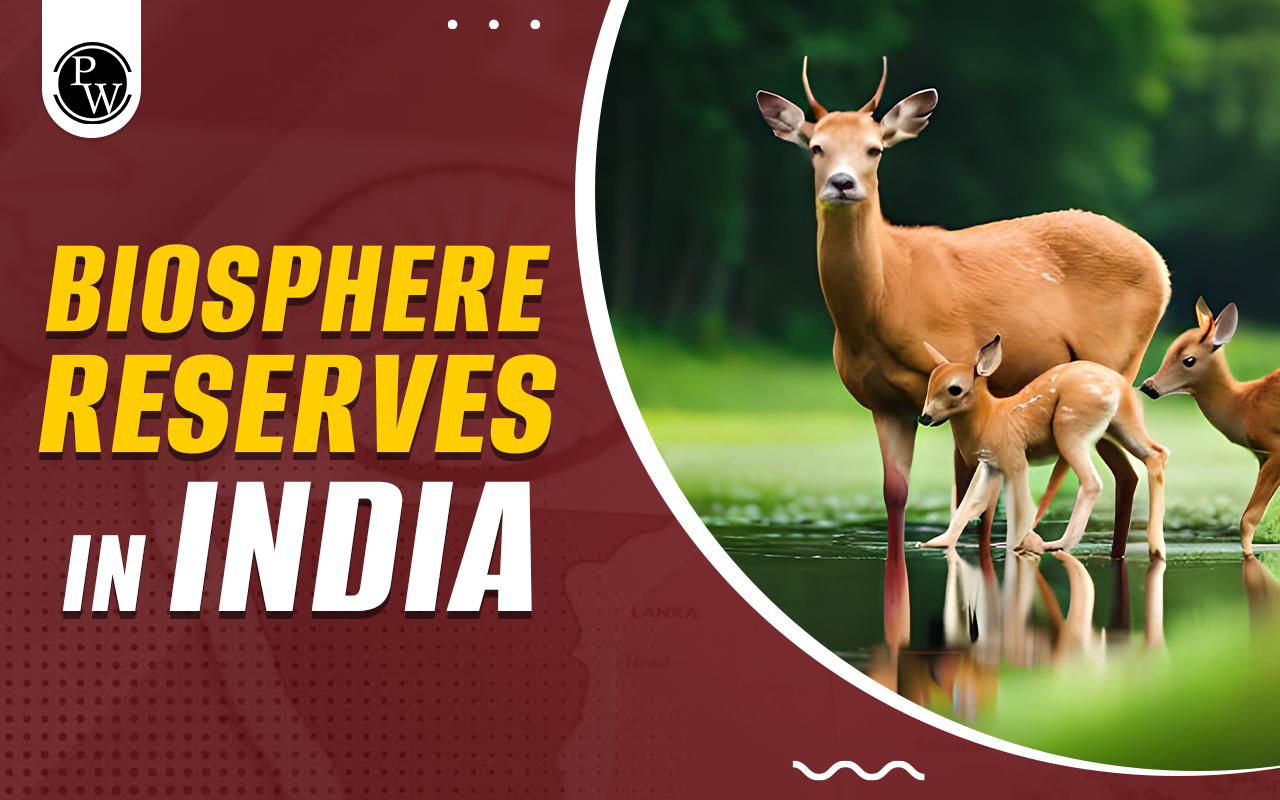

SSC CGL vs SSC MTS: The SSC CGL exam is conducted by the Staff Selection Commission to recruit Group B and Group C staff for various posts in ministries, departments, and organizations of the Government of India. It is one of the most popular exams for graduates seeking government jobs, while the SSC MTS is also conducted by the Staff Selection Commission but is aimed at recruiting non-gazetted, non-ministerial posts in various central government departments and offices. It is designed for candidates who have completed their matriculation or equivalent. Check the detailed discussion on SSC CGL vs SSC MTS below.
SSC CGL vs SSC MTS
Staff Selection Commission is one of the biggest government recruitment bodies in India. It conducts various exams to recruit candidates for different central government posts. Two of the most popular exams under SSC are the SSC CGL (Combined Graduate Level) and SSC MTS (Multi-Tasking Staff) exams. While both are conducted by the same organization, they are very different in terms of eligibility, job profile, salary, and career growth.
| SSC CGL vs SSC MTS Overview | ||
|---|---|---|
| Aspect | SSC CGL | SSC MTS |
| Educational Qualification | Graduation from a recognized university | Matriculation (10th pass) |
| Age Limit | 18 to 32 years | 18 to 25/27 years |
| Exam Tiers | 2 (Tier I, II) | Two (Paper I, PET/PST) |
| Job Level | Group B and Group C posts in various ministries and departments | Group C (Non-Gazetted, Non-Ministerial) |
| Recruitment Authority | Staff Selection Commission (SSC) | Staff Selection Commission (SSC) |
SSC CGL vs SSC MTS: Eligibility Criteria
For SSC CGL, you need to be a graduate in any stream from a recognized university. The age limit usually ranges from 18 to 32 years, depending on the post and department. Age relaxations are given to reserved categories. For SSC MTS Eligibility Criteria, you only need to pass Class 10 (Matric) from a recognized board. The age limit is generally 18 to 25 years (MTS post) or 18 to 27 years (Havaldar Post), based on the department. Age relaxations are available for SC/ST/OBC/PwD candidates as per government rules.
SSC CGL vs SSC MTS: Exam Pattern
SSC CGL exam is more advanced and is conducted in two tiers. Tier 1 includes General Awareness, Quantitative Aptitude, English, and Reasoning. Tier 2 includes Paper 1, incorporating GA, Maths, English, Computer, and Reasoning, and Paper 2 for specialized papers for posts like JSO. The difficulty level is moderate to difficult, as the exam tests graduation-level knowledge.
In comparison of SSC MTS Exam Pattern, It is a single-stage exam divided into two sessions—Session 1 tests Maths and Reasoning, while Session 2 tests English and General Awareness. There is also a PET/PST for Havaldar posts. The level of questions is basic, usually Class 10 level, and the exam is easier than CGL.
SSC CGL vs SSC MTS: Syllabus
SSC CGL vs SSC MTS Syllabus is as follows:| SSC CGL vs SSC MTS: Job Profiles | |
| SSC CGL | SSC MTS |
|
|
SSC CGL vs SSC MTS: Job Profiles
SSC CGL vs SSC MTS job profiles are provided in the table below:| SSC CGL vs SSC MTS: Job Profiles | |
| SSC CGL | SSC MTS |
|
|
SSC CGL vs SSC MTS: Salary and Benefits
SSC CGL vs SSC MTS Salary and benefits are as follows:SSC CGL
The salary varies based on the post and the location of the job, but typically ranges from ₹35,000 to ₹80,000 per month initially, along with various allowances like DA (Dearness Allowance), HRA (House Rent Allowance), and TA (Travel Allowance). Higher-level posts may receive even more.SSC MTS
The salary for SSC MTS posts generally ranges from ₹18,000 to ₹35,000 per month initially, including allowances similar to those given in SSC CGL but at a lower scale.SSC CGL vs SSC MTS: Career Growth and Promotion
SSC CGL vs SSC MTS career growth and promotion is as follows:SSC CGL
One of the major advantages of SSC CGL is faster career growth. You can get promoted through departmental exams or seniority.
- Promotions: Faster career growth with regular promotions.
- Career Path: Can move from Group C to Group B and higher-level posts with experience and departmental exams.
SSC MTS
SSC MTS career growth is slower but steady. After a few years of service, MTS employees can get promoted to LDC (Lower Division Clerk).
- Promotions: Slower career growth compared to SSC CGL.
- Career Path: Limited scope for promotions; may progress to clerical positions after years of service and passing departmental exams.
SSC CGL vs SSC MTS: Job Responsibilities
SSC CGL jobs are mostly office-based or desk jobs. These include posts like Income Tax Inspector, Assistant Section Officer, Auditor, Accountant, and many others. The work includes file handling, preparing reports, administrative duties, audits, data analysis, and assisting senior officers. These jobs carry more responsibility, and sometimes candidates may also be given fieldwork.
SSC MTS jobs are supportive. The tasks include opening and closing offices, delivering files, cleaning and maintenance, or being a helper to clerks or officers. If selected as a Havaldar, the job also involves some level of physical activity like guarding the office or conducting small field checks.
Both SSC CGL and SSC MTS exams provide opportunities for government jobs, but cater to different educational levels and job profiles. SSC CGL is aimed at graduates seeking higher administrative roles with better pay and faster career growth. In contrast, SSC MTS is suitable for matriculation pass candidates looking for stable clerical or support roles. PW provides SSC exam content, including SSC Exam Blogs, sample papers, mock tests, guidance sessions, and more. Also, enroll today in SSC Online Coaching for preparation.SSC CGL vs SSC MTS FAQs
1. What is the eligibility criteria for SSC CGL?
2. What is the eligibility criteria for SSC MTS?
3. What kind of jobs are offered through SSC CGL?
4. What kind of jobs are offered through SSC MTS?

